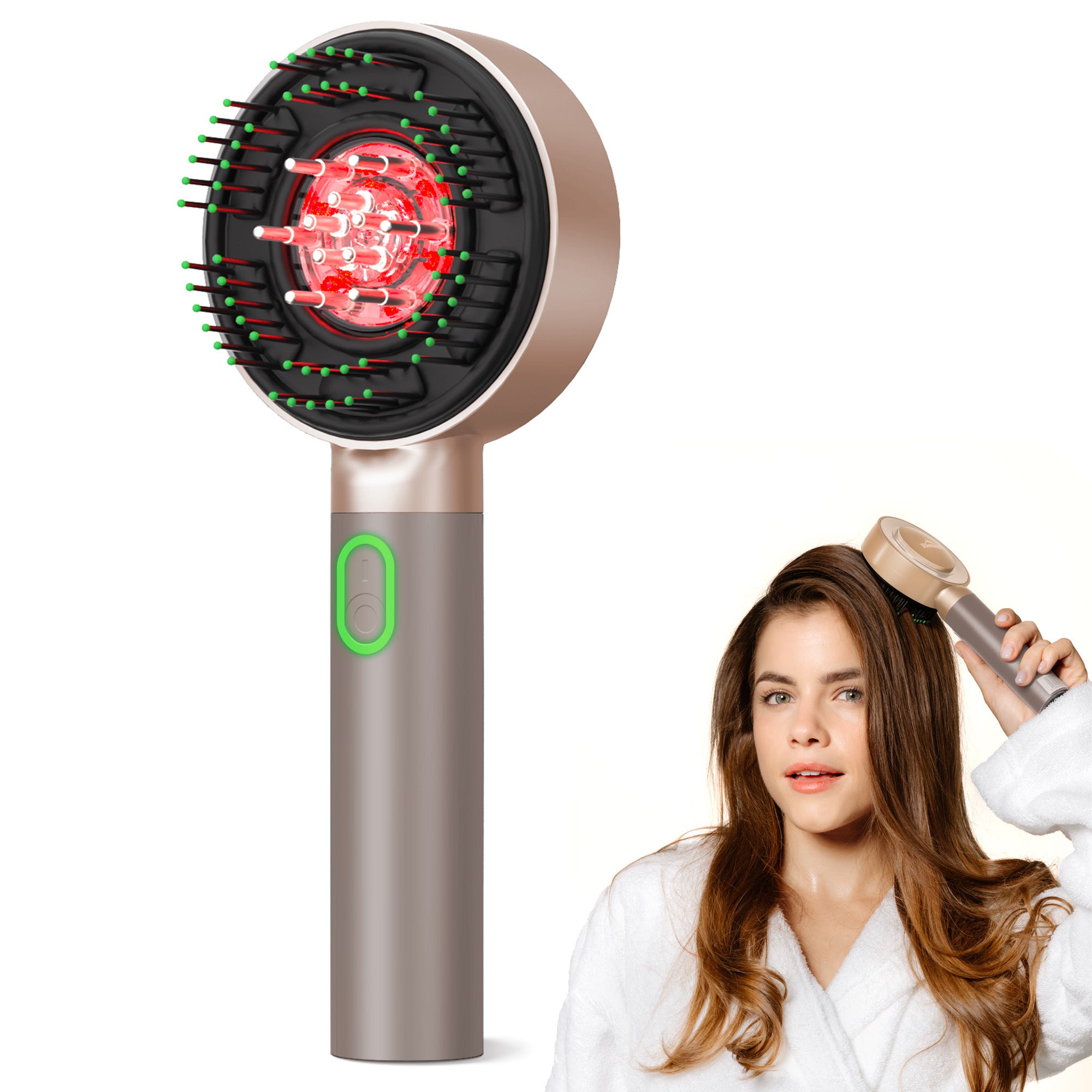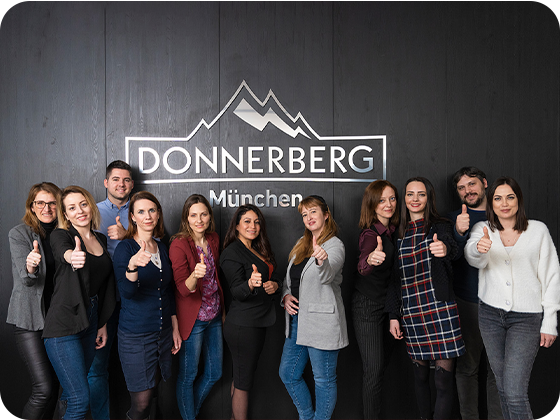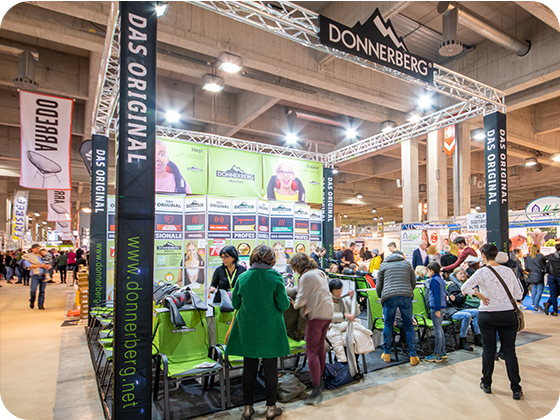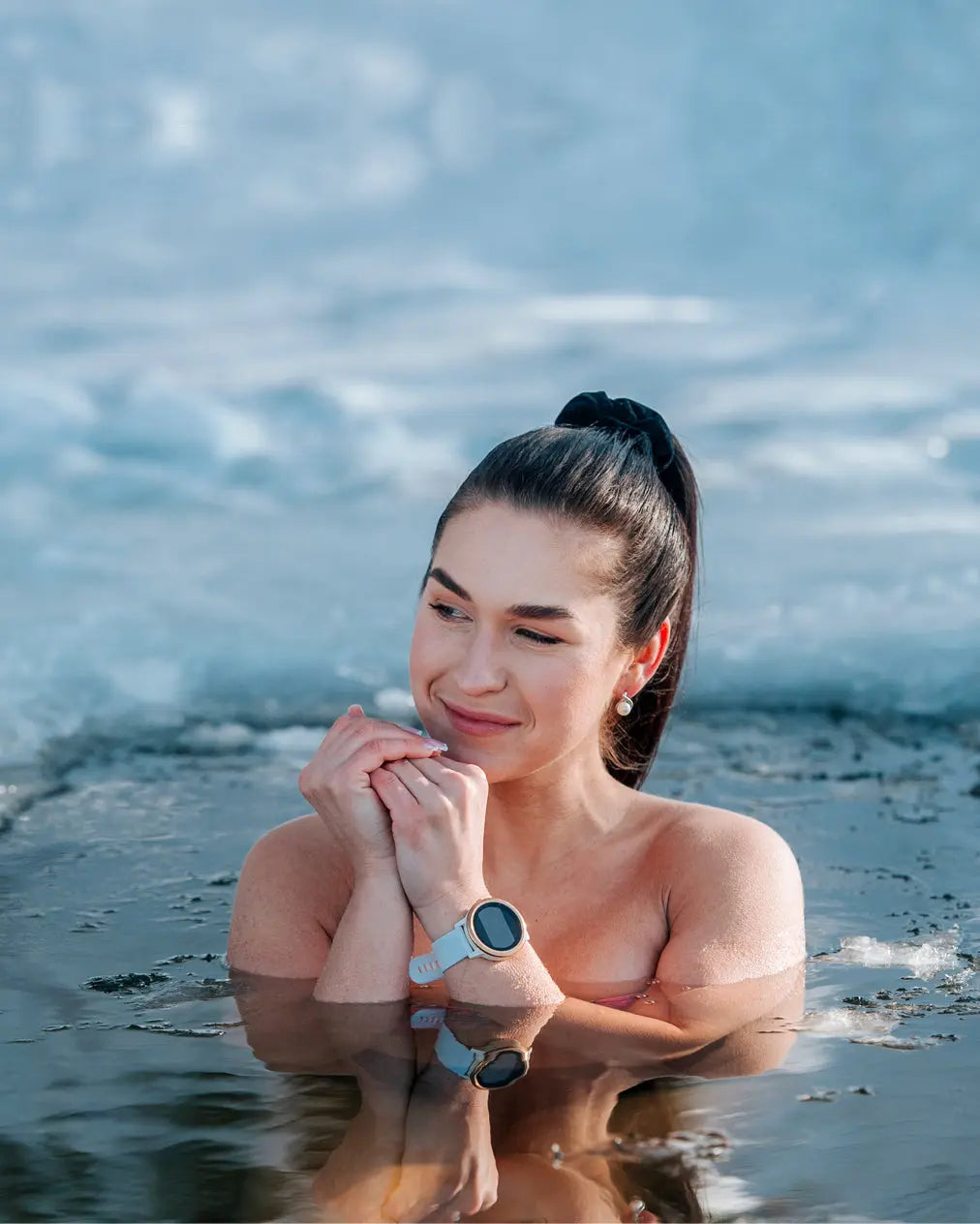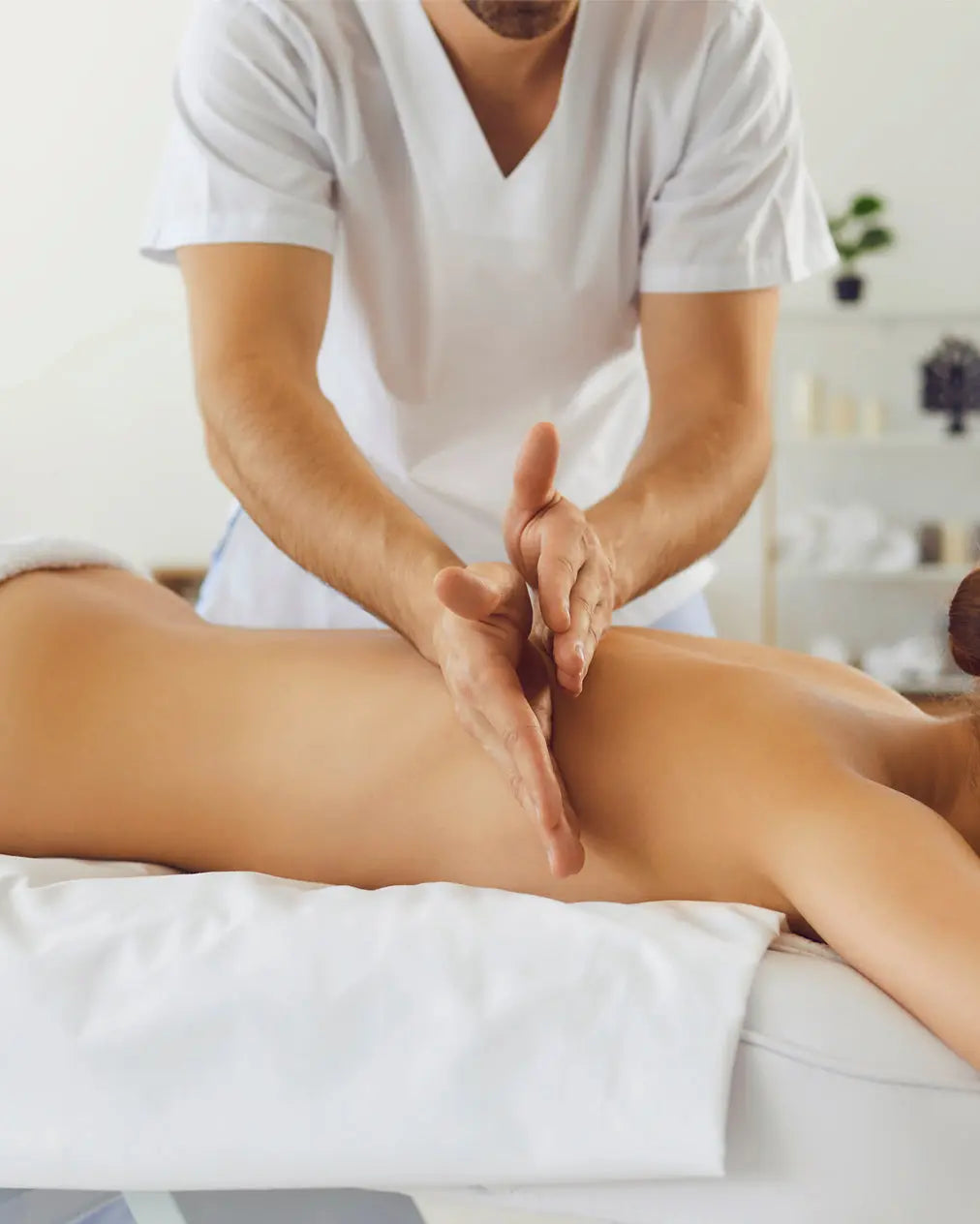If you ever experienced any kind of severe muscle pain, no matter whether as a result of overexercise, poor posture, injury or even stress, you know that it can seriously disrupt your everyday activities. Chronic muscle pain and tension can deteriorate the quality of life in the long run, especially your ability to work, exercise and actively interact with people. Having to cope with pain and tension on regular basis can also lead to depression and anxiety. According to a study muskoskeletal pain ’’is a common problem effecting as many as 3 out of 10 adults in the UK’’. Experts agree that muscle pain is an inflammatory condition of soft tissue that can affect one muscle or an entire muscle group. It is characterised by tender trigger points or sore spots that feel painful and stiff. Although it can be treated with a variety on anti-inflammatory medication, there are also alternative therapies that, if there are no contraindications, can be applied to gradually reduce muscle soreness. Hot and cold therapy here come into play.
How does hot and cold therapy work?
Thermotherapy or hot therapy in most cases involves the use of hot water/bath/shower, hot packs, heating pads ot hot stones (in combination with massage) to treat chronic muscle pain, especially neck, shoulder and low back pain. Heat can increase blood circulation and supply muscle tissue with oxygen and nutrients to effectively relieve and relax stiff muscles and speed up healing.

Cryotherapy or cold therapy is a method in medicine when cold compress, ice pack, cold water immersion or ice cubes are used to reduce acute pain. Cold can decrease blood flow and is primarily used to reduce swelling and inflammation. On top of this, there are studies that show that whole body cryotherapy can significantly decrease pain in patients with fibromyalgia, rheumatoid arthritis, oseoarthritis. Many famous sportsmen including Christiano Ronaldo and Usain Bolt use cryotherapy to recover from sports-related injuries.

Benefits of cryotherapy and thermotherapy
Both methods are used to treat a wide variety of conditions.
Benefits of cryotherapy:
- Decrease blood circulation and tissue metabolism;
- Reduce redness, swelling, inflammation;
- Relieve tight knots, spasm, sore muscles and speed up muscle recovery;
- Post-exercise –first aid for immediate injuries, relieves soreness after exercise (24 to 48 hours after injury);
- Cold compress to get rid of eye bags;
- Can ease symptoms of arthritis.
Advantages of thermotherapy:
- Increase blood circulation and tissue temperature;
- Ease muscle spasm and tension, improve range of motion, increase connective tissue elasticity;
- Relieve tight knots, spasm, sore muscle pain;
- Warm up muscles before workout;
- Hot compress to relieve sinus pain.
When it comes to treating injuries, muscle strains and sprains, the difference between the two is that cold therapy should be used as soon as the injury occurs, while hot therapy is applied after the inflammation has decreased.
Alternating heat and cold
Alternating hot and cold therapy, also referred to as contrast therapy, implies switching between the heat and cold to ease delayed onset muscle soreness, which is pain you feel after strenuous workouts. 24 h cold water immersion and hot pack therapy have proven to alleviate pain when applied 1 hour after intense exercise.
One clinical trial shows that the heating and cooling combination therapy is a safe method for reducing chronic back pain, but it points out that its excessive use can cause skin damage so it should be applied carefully. Moreover, studies suggest that contrast water therapy (CWT) and cold/hot packs is a frequently used technique to promote post-exercise recovery.
Alternating heat and ice therapy can provide immediate relief for people with sciatica. Ice can help decrease inflammation, while heat stimulates blood flow to the painful area, which accelerates healing. Contrast therapy also help relieve painful muscle spasms that often accompany sciatica.

Contraindications
Long exposure to heat and cold may have negative effects as well. Make sure you apply them for only recommended period of time and with caution. Never fall asleep and always sit in the upright position when using heat or ice. There are certain contraindications to the use of heat and cold:
- Heat and cold therapy should not be used on people with diabetes, dermatitis, vascular diseases, heart disease, deep vein thrombosis or multiple sclerosis (unless under medical supervision).
- If you are pregnant or have hypertension, always ask for medical advice.
- People with skin infections or dermatitis;
- People with poor blood circulation.
- People insensitive to heat and cold should not use either therapy since it may cause skin burns or damage.
- Neither therapy should be applied on open wounds.
How to do hot and cold muscle therapy at home

It would be really convenient if we could replace ice packs and heating pads with one portable device that can provide both heat or cold to relieve muscle fatigue, which you can easily use at home or pack in your gym bag. Having this idea in mind Donnerberg has launched a new product – massage gun with a hot/cold attachment. Use the attachment separately or in combination with massage. It shuts down automatically after 10 minutes of continuous use. In this way there is no need to worry that it will burn or damage your skin. There are two levels of heat which you can adjust depending on your condition. Moreover, you can also alternate between the two modes by a simple press of a button. The device can precisely deliver temperatures from 16 °C to 48 °C. It is ideal for immediate muscle relaxation, sports injuries and targeted pain relief.
References:
https://www.ncbi.nlm.nih.gov/pmc/articles/PMC4494172/
Medical disclaimer: The content on this website is not intended to be a substitute for professional medical advice and can be used for informational purposes only. Always consult with a qualified and licensed physician or other medical care provider and follow their advice accordingly.


